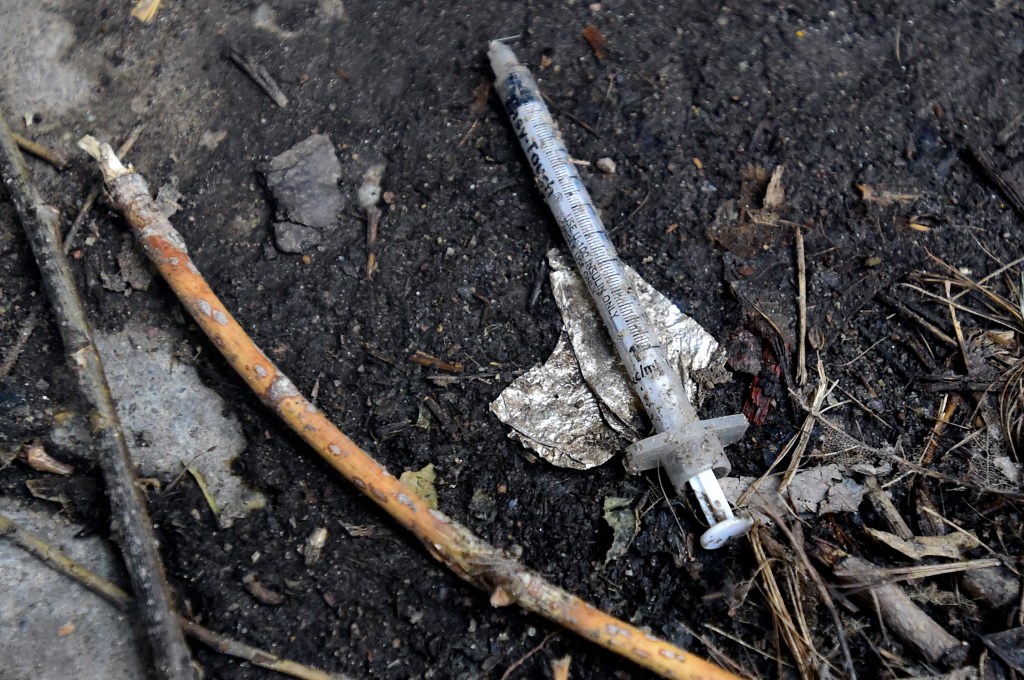
By Jennifer Livovich
Homelessness is yet again front and center. While hopeful candidates pushed platforms of public safety or a hodgepodge of “solutions,” all seemed to skirt our most pressing problem: our drug crisis.
As a previously homeless Boulder community member and proactive, nonprofit leader who’s engaged with thousands of homeless people over the last thirteen years, I’m here to tell you that Boulder has a drug problem and it’s disproportionately harming the homeless community, particularly the unsheltered.
Since 2016, the days of the homeless drinkers at the bandshell have long been in our rearview as tall cans and half gallons were replaced with abundant and cheap methamphetamine. This shift created ripple effects throughout our community, increasing incidents that caused concern over public safety or individual well-being, a surge in blight throughout our public spaces, spiking crime, often aggressive, and even presenting real and costly harm to our “housing first” system.
It doesn’t stop there. The deadly game changer, fentanyl, hit our streets in 2021, shifting meth users to “blues” or an “anything goes” type of addiction. The end game is overdose and death — or somewhere in between. Our police have been forced into EMT roles, administering Narcan all day long, while violent assaults and drug-related crimes fly off the charts and early signs of potential human trafficking have made their way to our community. All this and Boulder has no accessible long-term treatment in sight.
Meanwhile, the homeless face some of the biggest public safety concerns of anyone. With daily threats of assault, many homeless have turned to carrying knives and other weapons for their own safety. They’ve been stabbed, nearly run over and left swimming in a sea of cheap or even free meth and fentanyl.
A formerly homeless person now working at one of the most problematic gas stations in town describes the concerning activities and behaviors seen on Canyon as Boulder’s new version of Denver’s Colfax Street. They are currently debating whether to purchase a gun to go to work or quit out of fear for their own safety. Another individual currently experiencing homelessness, who is engaged with services and has an active housing plan, shared that they’ve been assaulted twice and even sexually accosted within the last six months. Sometimes this violence spills over to the broader community such as the more recent, near-deadly assault of a Whole Foods employee walking home after his shift.
All the while, criminal justice leaders announce publicly that we will not jail our way out of this. This message appears to fall on deaf ears. Yet, they continue echoing the need for treatment and sober transitional housing. What lingers in the background is how the criminal justice system is completely backlogged by a competency process that is still stuck in the 1930s and constrained by a statewide de-felonization policy. The proof is in the pudding, as individuals continue to be released on personal recognizance bonds over and over, some despite violent and drug-related charges.
We won’t begin to reduce overdoses, save lives or decrease crime and public safety concerns without investing in the only solution for addiction: treatment. Spending scarce resources on ineffective proposals, such as any version of a micro-community, will only create a safe space for what might be called “Russian Roulette Narcan” and will leave us far from a solution.
Rather than continue to follow the failed attempts of West Coast cities, as we have, our elected leaders must see them as forewarnings of what we don’t want Boulder to become. We are in a dire situation that requires bold leadership that will build support from county and state leaders to demand the funding necessary to create an accessible, tiered treatment continuum — a step-by-step series of programs, extending from detox to sober supported transitional housing. This is the only way we will reduce overdoses, death, crime and public safety concerns.
And, because no city, county, or state can absorb the financial loss of straying from “housing first,” a federally financed program currently ill-equipped to address the needs of those struggling with addiction, additional funds must be secured and allocated to adopt and expand the support services offered to individuals placed into permanent supportive housing. This includes treatment-focused support that provides for outpatient treatment programs, Medicated Assisted Treatment (MAT), in-home clinicians and peer support. And to ensure that other individuals and families living in affordable housing aren’t subject to disruption from negative community behaviors, apartment communities with high concentrations of individuals aided by “housing-first” will, in many situations, need to employ 24/7, on-site staff and security.
Today, all we’ve got is Narcan, a half-empty detox and prayers. It isn’t working, and it won’t work. We need solutions rooted in reality — treatment at scale to match our biggest health emergency. The price of inaction is far too steep.
Jennifer Livovich experienced homelessness in Boulder from 2012 to 2017. Livovich is the founder and executive director of Streetscape.
This post was originally published on this site be sure to check out more of their content.






